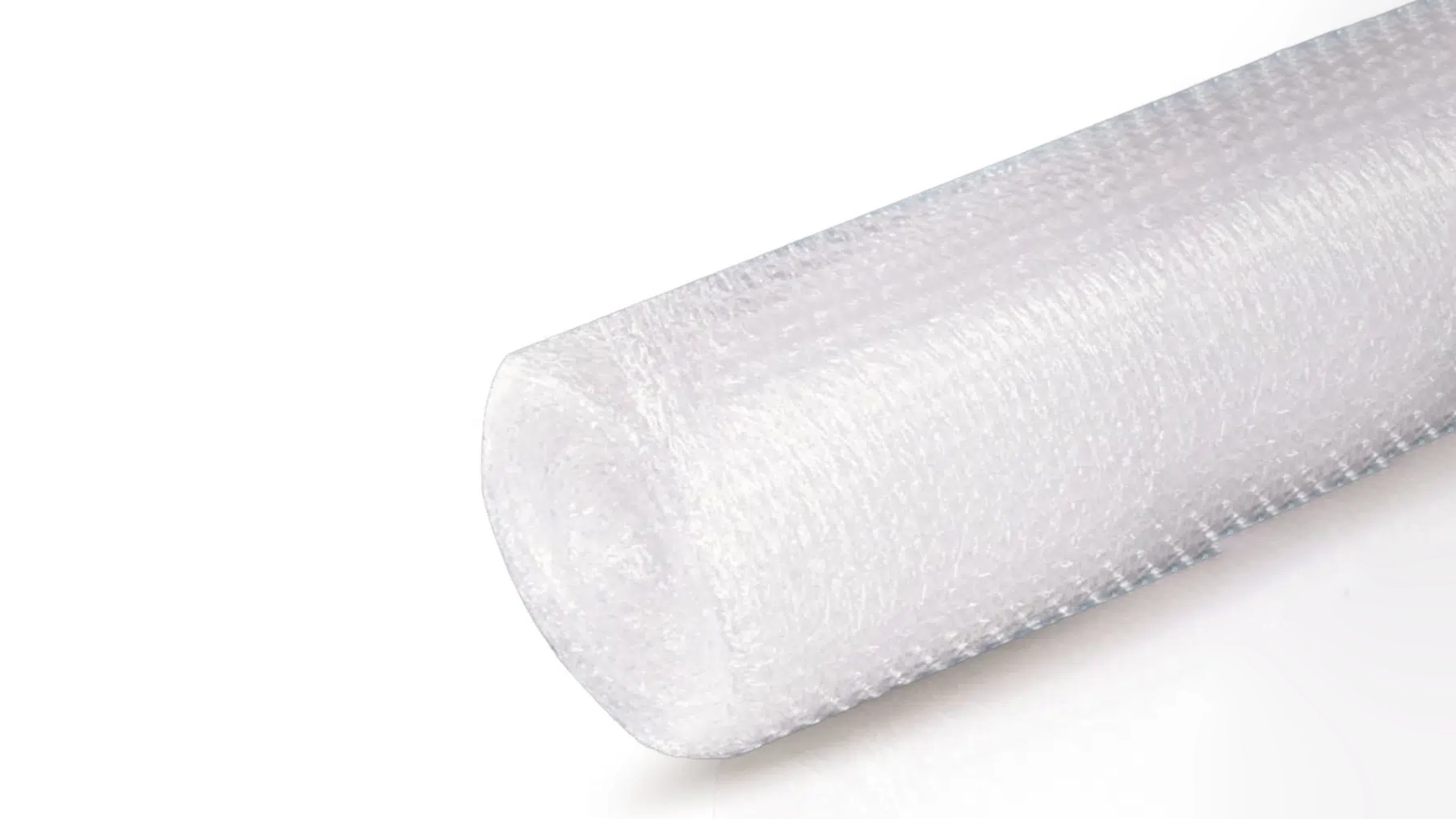Have you ever popped a bubble wrap and wondered if those little air-filled pockets could double as acoustic foam?
It’s a tantalizing thought—imagine transforming that addictive packaging material into a cost-effective solution for soundproofing your space.
While bubble wrap excels at protecting your online purchases, its efficacy as an acoustic treatment material is far from promising.
This article will delve into the science of sound absorption, compare bubble wrap with specialized acoustic materials like acoustic foam and polyester acoustic panels, and lay out the reasons why bubble wrap falls short as an acoustic solution.
Ready to burst the bubble on this acoustic myth? Let’s dive in to unravel the facts and myths surrounding bubble wrap’s role—or lack thereof—in acoustic treatment.
What Are The Characteristics of Good Acoustic Foam?
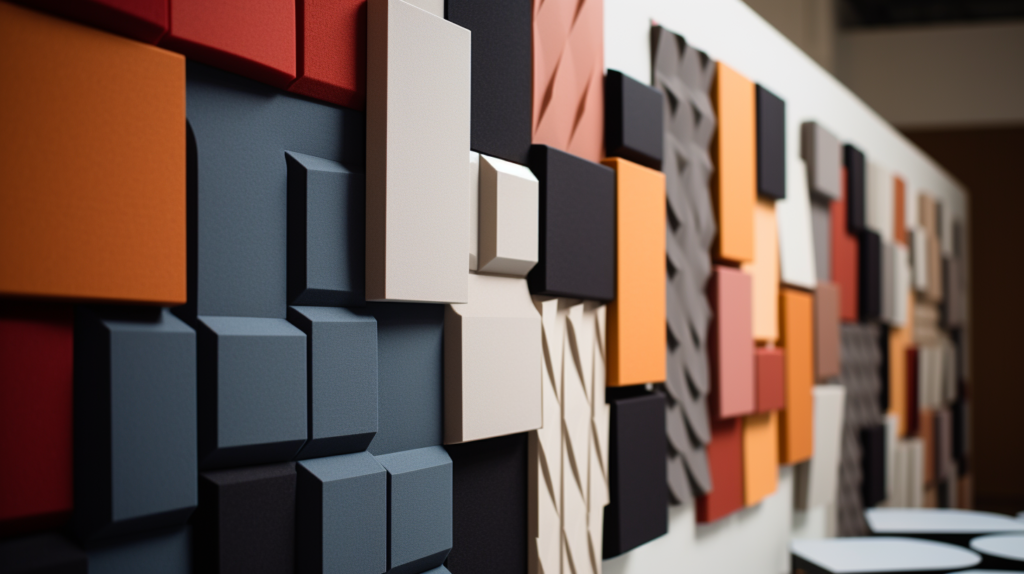
When it comes to effective acoustic treatment, several key criteria distinguish high-quality materials from those that are inadequate.
These characteristics go beyond mere aesthetics and delve into the realm of physics, engineering, and material science.
1. Sound-Absorbing Material
The primary requirement for any acoustic treatment material is its ability to absorb sound effectively.
The material should capture sound waves and transform their energy, ideally into a form like heat, which can be easily dissipated.
This reduces the amount of sound that gets reflected back into the room, leading to better acoustic quality.
Materials specifically engineered for acoustic purposes, such as polyester acoustic panels, often excel in this area.
2. Density and Thickness
Density and thickness are also significant factors. Dense materials are generally better at absorbing low-frequency sounds, which are typically harder to manage.
The thickness of the material also plays a role, especially when you’re trying to control a wide range of frequencies.
Materials like polyester acoustic panels are available in different densities and thicknesses, making them highly versatile for various acoustic needs.
3. Porosity
A porous material allows air and sound to pass through its structure, which can enhance its sound-absorbing qualities.
This is why many effective acoustic materials have a fibrous or foam-like structure, enabling them to trap sound waves and dissipate their energy as heat.
4. Flexibility and Ease of Installation
Effective acoustic treatment isn’t just about the material’s intrinsic properties; it’s also about how easily it can be integrated into various spaces.
The material should be flexible enough to fit into irregular areas and easy to install without requiring specialized skills.
This ease of installation makes polyester acoustic panels an attractive option for both DIYers and professionals.
What Is Bubble Wrap?
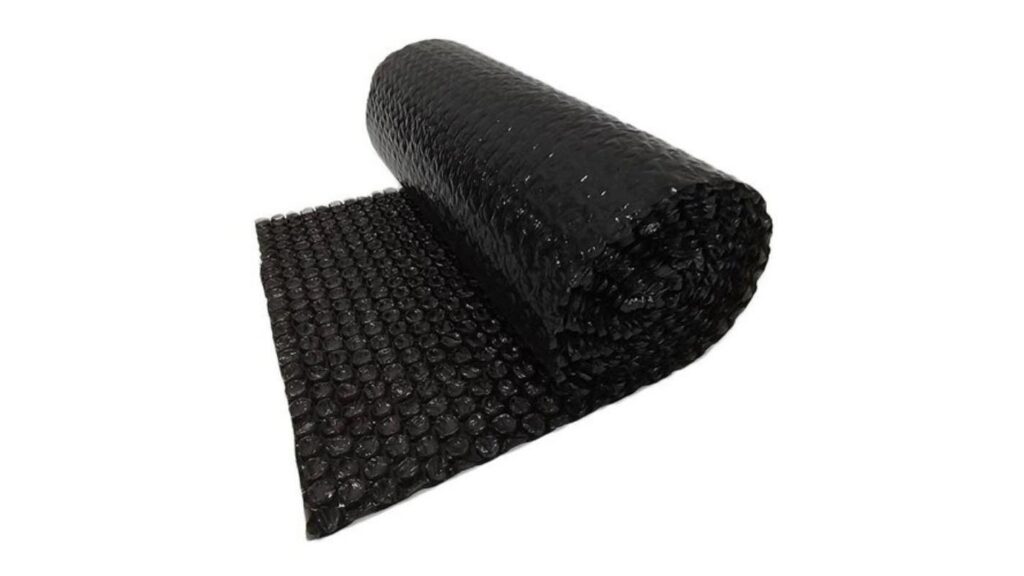
Bubble wrap’s invention was somewhat of a happy accident. Originally created to serve as a textured wallpaper, it found its true calling as a packaging material.
Its design, which is remarkably simple yet highly effective, consists of uniformly spaced air-filled bubbles that provide cushioning against mechanical shocks.
This cushioning ability is a result of trapped air in the bubbles acting as a shock absorber, making it highly effective for protecting fragile items during transit.
However, the properties that make bubble wrap an excellent packaging material are also its downfall when it comes to acoustic treatment.
The very design aspects that make it great for cushioning—like its air-filled bubbles—are counterproductive for sound absorption.
The material is essentially a sheet of plastic, which is excellent for repelling water and providing a barrier against physical damage, but not for trapping and dissipating sound waves.
Why Bubble Wrap Is Not Suitable for Acoustic Treatment?
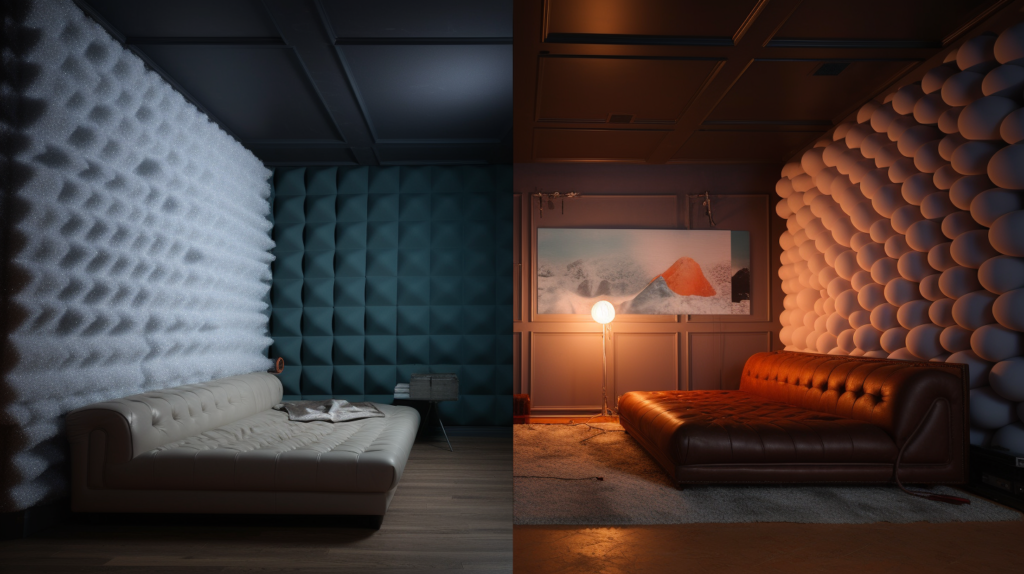
The limitations of bubble wrap in acoustic treatment go beyond its basic physical structure.
Acoustic treatment often requires materials that can be easily manipulated and installed to suit specific spaces and sound requirements.
Bubble wrap is a rigid, non-adhesive material that lacks the flexibility required for customized acoustic solutions.
Even if one were to overlook its shortcomings in sound absorption, its impracticality from an installation standpoint further cements its unsuitability.
The Science Behind Sound Absorption
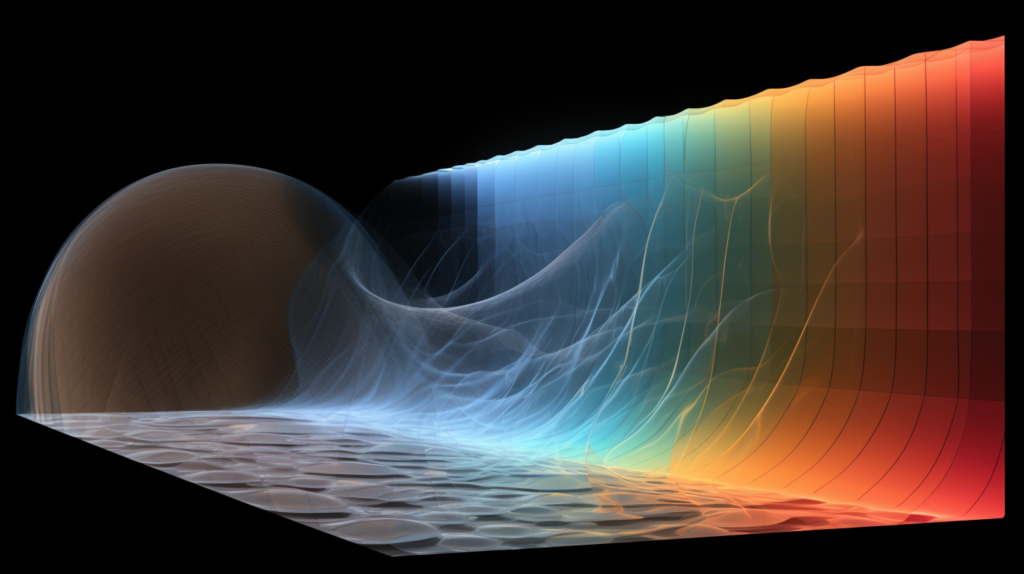
The physics of sound is a topic that has intrigued scientists, musicians, and audiophiles alike for centuries.
Sound waves, essentially pressure waves in a medium like air, exhibit behaviors like reflection, absorption, and diffraction when they encounter different materials.
Effective acoustic treatment seeks to manipulate these behaviors to create an optimal sound environment.
Specialized acoustic materials achieve this by being engineered in a way that maximizes sound absorption while minimizing reflection and transmission.
However, bubble wrap’s interarm from ideal for acoustic treatment. When sound waves hit a sheet of bubble wrap, the majority of the sound is reflected back into the room.
The lack of porousness and density in bubble wrap means that very little of the sound wave’s energy is absorbed.
This results in a room that has poor sound quality, filled with echoes and reverberations that can be distracting at best and disruptive at worst.
Comparative Analysis: Bubble Wrap Vs. Acoustic Foam
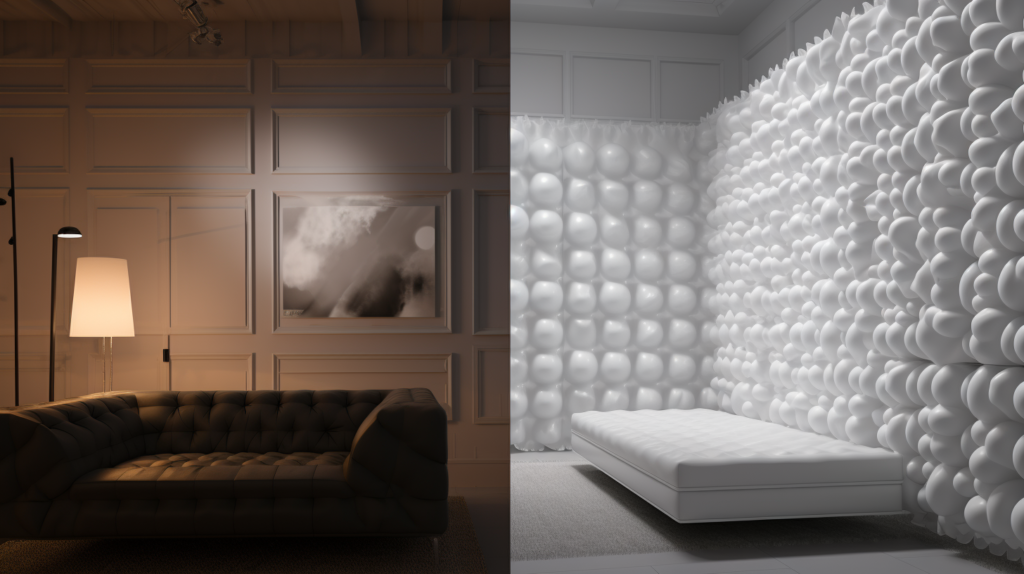
The comparison between bubble wrap and specialized acoustic materials like acoustic foam or polyester acoustic panels might seem like a mismatch, and rightly so.
Acoustic foam is often made of polyurethane, which is an excellent material for sound absorption. The foam’s structure, often open-celled, allows it to trap air and sound waves, providing excellent sound absorption coefficients across a range of frequencies.
In contrast, bubble wrap’s closed-cell structure and the reflective nature of its plastic material make it a poor absorber of sound.
Even if one were to layer multiple sheets of bubble wrap in an attempt to improve its sound absorption, the fundamental limitations of its material properties would still render it ineffective.
What Are The Alternatives to Acoustic Foam?
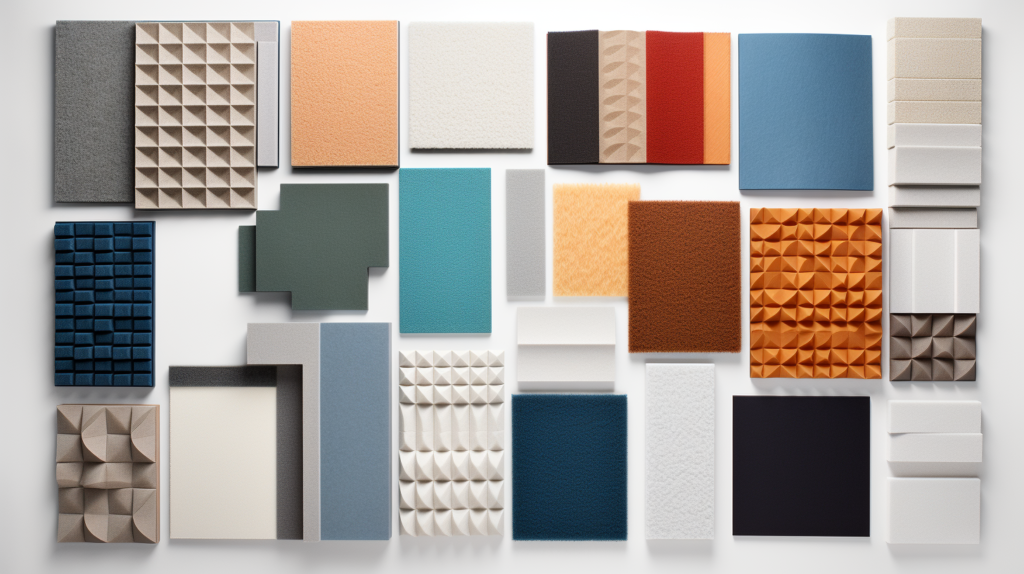
While acoustic foam remains a popular choice for many, it’s far from the only option available for effective acoustic treatment.
Polyester acoustic panels are increasingly gaining attention as a viable alternative.
These panels are not only effective at sound absorption but also offer additional benefits like being made from recycled materials, thereby reducing their environmental impact.
Other materials like mineral wool and fiberglass also offer excellent sound absorption properties. These materials are denser than foam, making them particularly effective at absorbing low-frequency sounds.
However, they can be more challenging to work with and may require specialized installation procedures, which is why they are often used in more industrial settings.
Conclusion
In a world where innovation is celebrated, it’s natural to seek alternative uses for everyday materials.
However, not all materials are versatile enough to be effective in applications for which they were not designed. Bubble wrap is one such material.
While it may excel in the packaging industry, its application in the realm of acoustic treatment is not only ineffective but also impractical.
Investing in specialized acoustic treatment materials like acoustic foam or polyester acoustic panels may seem like an additional expense, but it’s an investment in quality.
These materials have been rigorously tested and engineered to provide the best possible sound environment, whether you’re a professional sound engineer or a home theater enthusiast.
In the end, the cost of effective acoustic treatment is easily justified by the quality and clarity of sound it provides.
